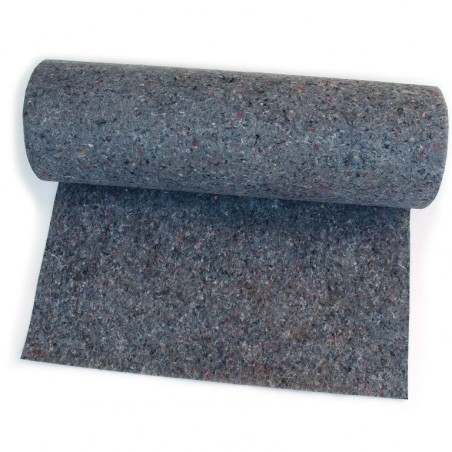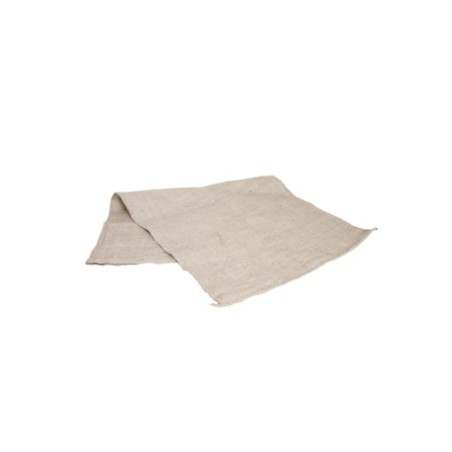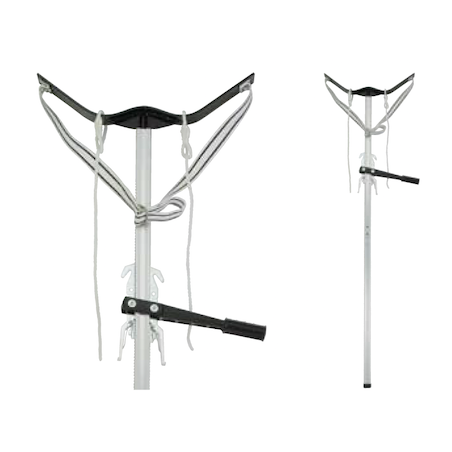One of the most commonly used parameters to assess efficiency in gestation of a breeding herd is the farrowing rate, defined as the % of mated females that reach farrowing. Therefore, it is normally assumed that a farm with a farrowing rate of 85% has a higher efficiency in gestation than a farm with a farrowing rate of 80%. However, if we analyze a productivity tree (figure 1), which shows and relates the different parameters that influence weaned piglets/mated female/year of a farm, we see that the farrowing rate actually has a lower influence.

Figure 1. Productivity tree comparing two periods of weaned pigs/mated female per year.

With this kind of tree, the lower a parameter is on the tree, the less influence it has on the general parameter. Therefore, the farrowing rate explains less about the gestation performance than do the non-productive days. In fact, let's consider the above case, two farms with respective farrowing rates of 80% (farm A) and 85% (farm B). If other parameters such as the wean to first service interval, lactation length, or farrowing performance were equal in both, we would tend to say that farm B is more efficient than farm A. However, if we analyze the gestation losses of both farms, we find the following:
Table 1- Gestation loss by farm
| Regular repeats | Irregular repeats | Abortions | |
|---|---|---|---|
| Farm A | 15% | 5% | 0% |
| Farm B | 5% | 5% | 5% |
Farm B has fewer reproductive failures, but later in the cycle. If we assume an average non-productive days on both farms of 21 (regular repeats), 35 (irregular repeats) and 75 (abortions), we find the following:
Table 2.- Performance by farm.
| Average NPD per every gestation loss | NPDs per every 100 matings | NPDs per mating | Farrowing interval | Farrowings / sow / year | Weaned piglets / sow / year | |
|---|---|---|---|---|---|---|
| Farm A | 24.5 | 490 | 4.9 | 152.9 | 2.39 | 28.68 |
| Farm B | 43.7 | 655.5 | 6.55 | 154.55 | 2.36 | 28.32 |
NPD = Non-productive days
Note- For it is considered that both farms have 28 -day lactation legth, 5 days wean to first service interval and 12 weaned pigs/sow.
Although Farm B having a better farrowing rate, it is less productive. This is a somewhat extreme case, but it well illustrates the fact that the farrowing rate gives only partial information on gestational performance, and if we only analyze this factor, it can lead to incorrect conclusions. As discussed above and shown in the example, non-productive days/sow/year are a much more global and reliable parameter for analyzing the productivity of an operation. However, while most producers know their farm's farrowing rate, almost none know the average number of non-productive days/sow/year of their farm. This is probably because this second parameter is difficult to calculate. However, current computer tools should allow not only for this parameter to be calculated, but also for its detailed analysis. As an example, an analysis report of non-productive days is shown below.

Figure 2. Analysis of non-productive days.
This report breaks down the non-productive days into 8 categories, according to the classification defined by Dr. Koketsu (2005), and compares the data of a farm or group of farms with defined objectives based on the averages from the database, PigCHAMP Pro Europa, S.L. This report shows in greater detail which points of the operation we should target to improve efficiency in gestation, as well as those areas where we are doing well.
In this paper we saw the importance of studying of non-productive days, and in the following paper we will explore deeper the options for analyzing this parameter.









